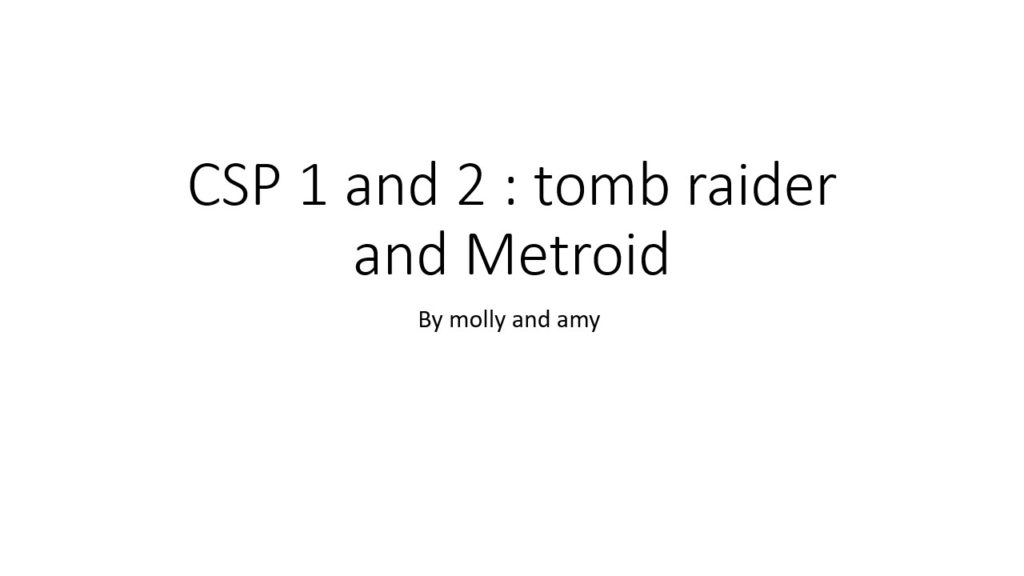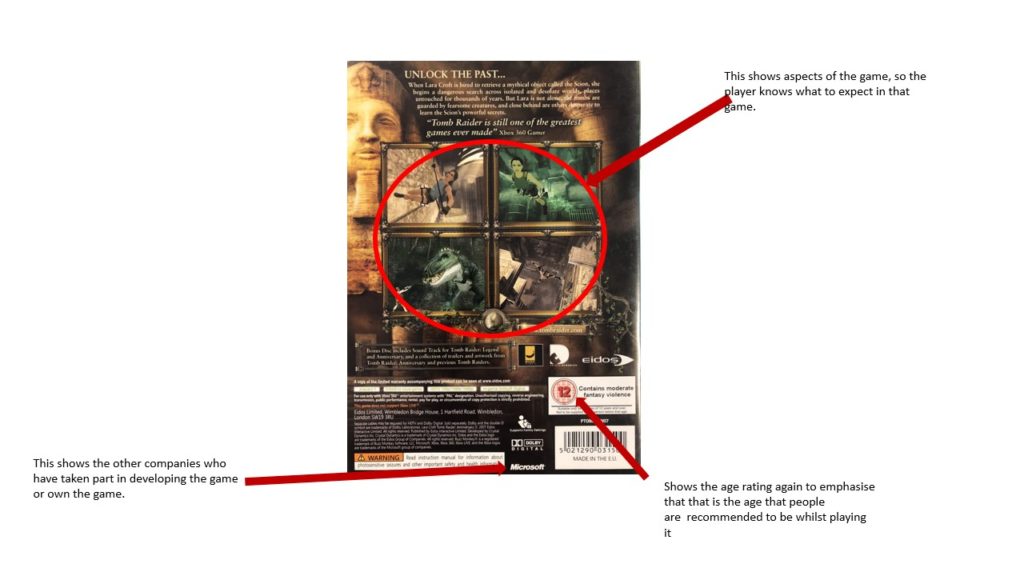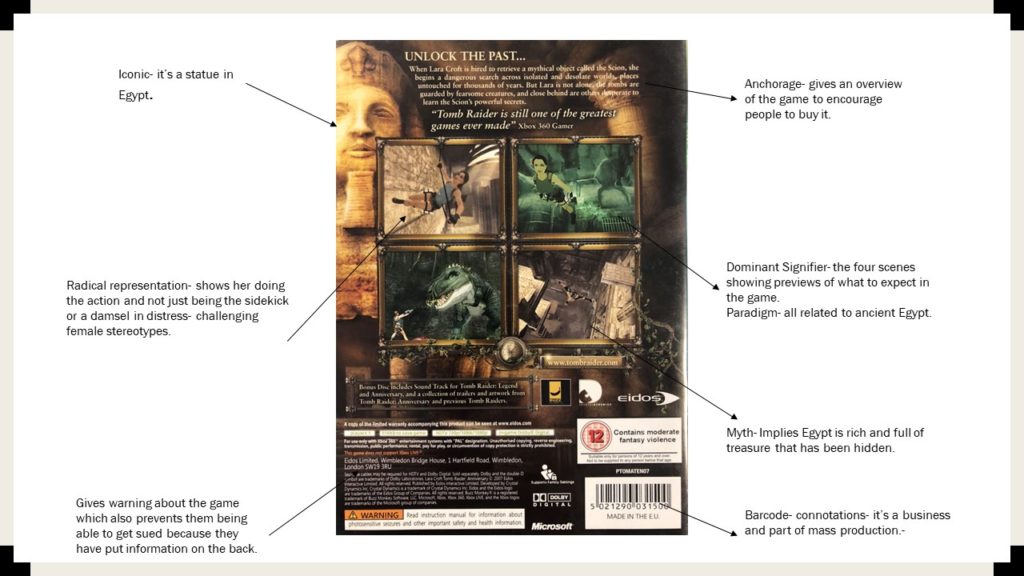They used a budget of $15 million – David Hesmondhalgh (“risky business“). Production in US and UK – Globalisation. Produced by Warner Brothers Pictures Group (Conglomerate) investing into the film. Distributed by Social Media (use facts (eg. views, followers, for example twitter with them having over 3000 followers)) Can me consumed in multiple countries around the world at cinemas (more Globalisation) and on multiple streaming services. Can be consumed again and again (Cultural industries). Creates cultural imperialism on the UK and the US because it celebrates the culture of the united states through Bruce Springsteen’s music being prioritised in the film. Warner brothers uses Horizontal Integration. Directed by Gurinder Chadha. Bend it Films being a producer. The companies use commodification by the fact that they sell DVD’s of the film where they are distributed through things such as amazon and consumed on things such as your phone. Film regulated by British Board of Film Classification which allows for things such as diversity and innovation. The role of the use of Bruce Springsteen’s music in getting the film financed and in the marketing of the film
Category Archives: Instructions
Filters
David hesmondhalgh
His book is called “The Cultural Industries” His work is about tracing the relationship between media work, media workers and the media industry.
The venerable and precarious nature of a career in the creative industry can be described as more relying on luck/chance, for someone who successes in the creative industry their are many people who do not.
The façade of the industry that it will be very creative is very misleading and attracts people under the belief that people will be hard working and creative however this is likely not the case.
How do companese in the media companies minimize risk:
They can take advantage of specific products that have less competition- such as movie ideas that haven’t been done before; thinking outside the box, more outrageous. They could also take advantage of past successes by repeating ideas that did particularly well, such as creating sequels to films that have had high consumption rates. By mergers existing (such as Netflix) companies can merge one aspect of media into another, such as Netflix going from being a distribution platform to producing their own content (Netflix originals), this is horizontal and vertical integration.
Companies can also be more successful with the consumers help, such as higher reviews on films, all three aspects are incredibly important towards the industry (Production, distribution and and consumers).
modern advertisement

STATEMENT OF INTENT (NEA)
Statement of intent – My intention is to create an advertisement by using a shampoo bottle which I brought in. Then to take a photo of it, import it into photoshop and add effects to it. For my theme I am going to try and match the colour of the product. The product will be directed at any gender and ages from 20 – 60. The advertisement will be related to the environment and being eco-friendly. I am going to create two print products which will be the size of A4. I am going follow my style model. I am going to make sure the picture is of a high quality and that it looks like an actual advertisement.
Media Language – The dominant signifier of the advertisement will be my product. The code of the product will be nature and naturalness. And I will try to create a signification with this. The symbols will be in the background of my product. I am going to add text to my product along with nature. My product will give a reactionary reaction as the product is accepted by many. There is Katz, Gurevitch & Haas theory by giving the consumers their social needs and giving the consumer self-confidence, stability and self-esteem.
Representation – The assets of my product will provide connotation to nature and being eco-friendly, such as leaves and grass. The signified meaning in my product will that it will be used to clean your hair in the shower and once used you will throw it away in the bin from Ferdinand de Saussure. So the advertisement could be seen as a myth as you’re not really helping the environment by throwing away plastic. With David Gauntlets theory there is going to be collective identity in my advert in the sense that we care about our planet and want it to be healthier which my advert relates back to that. There is also going to be a constructed identity in the sense that it creates a false reality that you are helping the planet and being eco-friendly by using this product when in fact the product is polluting the planet with its chemicals inside of it.
Audience – The audience of my product would be people who are earning any income are in their 20’s to 60’s and are any gender. The audience positioning would also be people who want to help and save the environment as well as having natural and healthy hair creating a positive stereotype.
Institution – The kind of company who would make my product would be shampoo manufactures who are looking to make money. They people are either looking to capitalize or promote friendliness to the environment and help it.

advertising: nea
This is an NEA (non examined assessment) task otherwise known as coursework. In other words, it is a good way to understand an area of Media Studies (in this case Advertising) and to prepare you for your A level coursework, which we will do in later in this A level course.
Things to bear in mind:
- You have 2 weeks to produce some advertising coursework / NEA
- You need to submit a statement of intent (it is worth 10 marks) guidance below
- You need to PRINT OUT YOUR WORK – if not you will not get any marks. This is print work and the expectation for your real coursework is to print your work out. So let’s set that expectation now!
- You will need to produce 2 x Portrait A4 magazine adverts
- Your adverts will follow professional conventions and look realistic and convincing.
- Try to create a new product (ie change or hide the label?) but if not don’t worry too much.
- You need to produce a contemporary and a historical print advert.
- You need to produce a radical and a reactionary advert.
- Make sure your adverts are produced at a high resolution 300 dpi so that the final quality is a professional standard.
- We are also going to try and produce a short video advert.
Task 1: statement of intent
Upload a statement of intent to your blog. It is worth 10 marks. It needs to be 500 words. So perhaps write about: what your intentions are (100 words), focusing in particular on: Media Language (codes, conventions, signs, elements of real print product). Put another way: how did if follow your style model? (100 words). Representation / content (use key language) (100 words). Audience, ie what kind of audience would consume it? (Again, 100 words). Institution: What kind of company would make your product? 100 words.
This will be assessed with the products and will allow you to explain the ways in which you will apply knowledge and understanding of media language and media representation to your products, how your products will target the intended audience, reflect the industry context they are created for This is a compulsory element of the non-exam assessment and you must complete the Statement of Intent using a maximum of 500 words.
Task 2: Produce your adverts
- Open up Photoshop – make sure it is a blank A4 PORTRAIT document (this should be 300dpi – THIS IS IMPORTANT AS OTHERWISE YOUR WORK WILL BE PIXELATED)
- Develop your use of the camera. Make sure you are able to change the settings on your camera (specifically FOCUS & LIGHT) to be able to take a good PRODUCT SHOT.
- make sure you are able to use the flash lighting set-up (YOU NEED THE TRIGGER FOR THE FLASH LIGHTS)
- Create an appropriate (AND ORIGINAL) logo and title for your product. Think about Font, colour, size etc etc
- Record and Produce all of your assets – product shot, model shot, text, copy, background images or textures, any other symbolic / creative features
Task 3: Edit,Publish and Print your products
- Edit all of your assets. Think about size, positioning and placement. Edit all of your assets appropriately into an A4 portrait document (I suggest you use Photoshop at 300 dpi)
- Post-produce your assets – so adjust as appropriate eg colour correction, size, scale and positioning
- Make sure that you save your PSD as a JPEG and upload to the blog
- Make sure you print out your finished products and pin up to the blue display board in our classroom.

CSP 1 & 2




CSP 1 and 2




CSP 1 & 2: tomb raider and metroid



CP2: Tomb radier back cover


